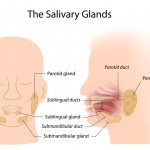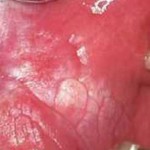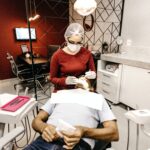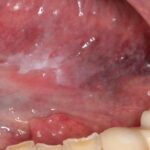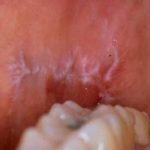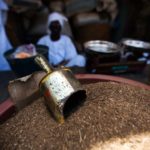
This review of whether the incidence of osteoradionecrosis differed between patients who have dental extractions before or after radiotherapy (RT) included 24 studies (19 retrospective 5 prospective). While the findings suggest that the incidence is similar if extractions are undertaken before or after RT the quality of the evidence is limited.
[read the full story...]
